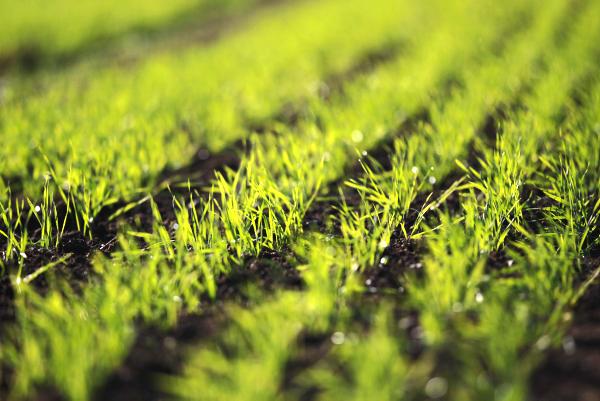May Day marks the first day of summer. It signals the start of turf cutting and a busy period on the farm. On 1 May, tenant farmers used to pay their half-yearly rent to landlords, farm labourers were hired, people took stock of their food supply and Kilkenny women gave men new hurling balls.
May Day traditions are mostly associated with luck and protection. The May bush is one such tradition. It is a hawthorn bush covered in ribbons, coloured Easter egg shells and cloth streamers. It was associated with the luck of a house or a community. In rural areas it was left outside the house while in towns it was placed in a communal area. Throughout Munster, a larger part of a tree was used, known as the May bough.
Maypoles were a popular tradition in larger towns and the community gathered around them for events. It was popular in England to dance around the maypole with ribbons, but we Irish covered it in soap and challenged young men to climb it to claim the prize at the top.
Town processions also took place at these events and the May bush was sometimes carried through the town. In Ulster, a May king and queen were crowned.
Children went garlanding for May flowers on the evening before May Day. Flowers such as primroses, buttercups and marigolds were popular because they reflected the sun and summer.
The flowers were placed on the doorsteps of houses and on windowsills as a gesture of goodwill. They were believed to offer luck to the house and offer protection from mystical forces such as fairies, who could not pass such sweet smelling flowers. Herbs gathered before sunrise on May Day were believed to have particularly effective curative properties.
In Christian times, flowers were used to decorate grottoes, shrines and church altars as May became associated with the Virgin Mary.
It was common to have an altar in the kitchen or farmyard which was replenished with flowers throughout the month of May.
Water or fire was never asked for or taken from the home on May Eve or May Day so as to retain the luck of the house.
May flower water taken from the well on May Day was said to offer protection and cures. This water and May morning dew were believed to be good for the complexion.
May Day was also associated with butter stealing – the stealing of the butter symbolising the profit of the home. Iron objects were placed underneath the churn to protect it and May butter was used in small quantities throughout the year. Holy water was sprinkled on any object associated with dairying.
May Eve and May Day was a time to divine the future. Women, using snails on flour, tried to foretell the man that they would marry: “When gorse is out of blossom, kissing’s out of fashion.”
The month of May would also help forecast the weather for the summer.











SHARING OPTIONS